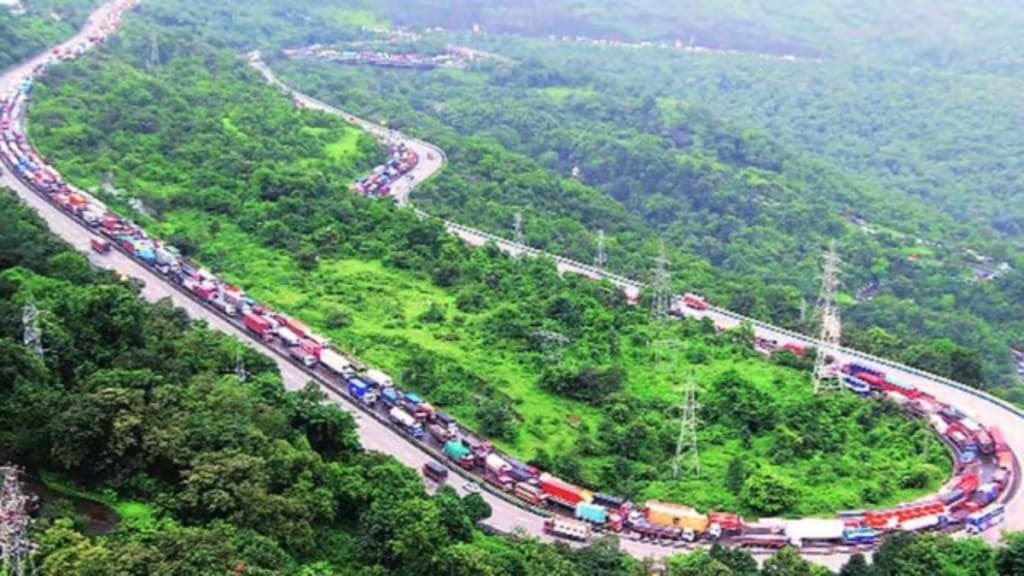The Intelligent Traffic Management System (ITMS) was launched on the entire stretch of the Mumbai-Pune Expressway a week ago. This system is meant for monitoring and regulating traffic violations in real time. However, the launch has been met with several issues, including the inability to issue real-time challans to traffic violators, The Indian Express reported.
State transport commissioner Vivek Bhimanwar said that this is the first instance of ITMS being employed on any highway in the state and that the introduction has been met with challenges. However, he expressed confidence and said that with time, they will be able to overcome the challenges.
Mumbai-Pune Expressway: ITMS and its challenges
As per Bhimanwar, there have been instances of the ITMS issuing wrong challans, IE reported. In one case, it issued challans to a pillion rider using a phone next to the driver, while in the other case it fined a commuter for not wearing a seatbelt even though they were.
“These and other software glitches need correction, as the AI-operated cameras function without human interference. This contributes to a notable delay in challan issuance, currently taking more than three to four days. However, we are working to reduce this time to within 48 hours of the offence. Our instruction is clear: it’s acceptable if a challan isn’t issued, but issuing a wrong challan is not,” Bhimanwar said.
How many violations can ITMS track?
The new ITMS has AI-equipped cameras capable of identifying 11 types of traffic violations. These cameras are installed every 10 kilometres along the 94-km stretch of the Yashwantrao Chavan Mumbai-Pune Expressway. Positioned on gantries and poles, each 10 km radius features a gantry equipped with three cameras.
Initially, the ITMS was operational only on the ghat section of the expressway as of March this year. It has now been expanded to cover the entire stretch, though the old Mumbai-Pune Expressway remains outside the system’s purview.
Increase in daily challans
As per the report by IE, there has been an increase in the number of daily challans issued to commuters, going up to about 4,000 from 100-200. Previously, an interceptor vehicle was deployed on the expressway to issue challans. This vehicle could only cover a range of 400 meters and was manned by a human, operating for a few hours rather than continuously. The ITMS operates 24/7, addressing common offenses such as driving in the wrong lane, lane cutting, and over-speeding.
Now, the interceptor vehicles have been moved to the old Mumbai-Pune Expressway. As of now, visible highway patrolling has not been completely withdrawn. Patrolling continues to act as a deterrent to traffic violations, especially since the ITMS currently issues challans with a delay of 4-5 days. Traffic patrol marshals still flash lights at night to maintain order.
“We are at a learning stage, understanding the system,” Bhimanwar noted. With the installation of ITMS, the Expressway became the first expressway in the state to be equipped with an Intelligent Traffic Management System (ITMS) comprising AI cameras.

